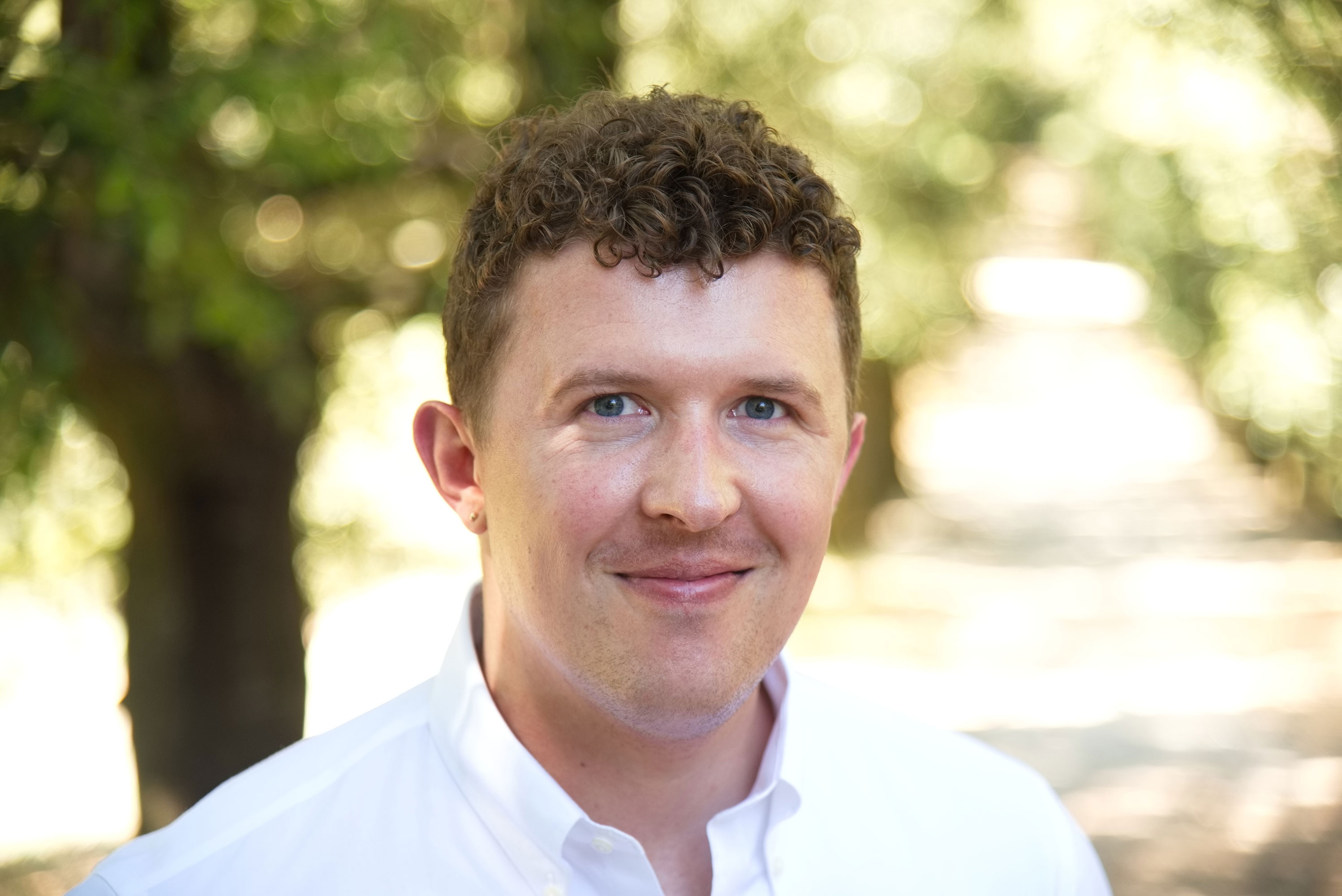Adam Jasienski
Disgust and the Transgression of Bodily Boundaries in Early Modern Catholicism
2022-2023 (September-December)

Biography
Adam Jasienski is Assistant Professor of Art History in the Meadows School of the Arts at SMU in Dallas, Texas. He received his PhD from Harvard University in 2016 and was a Graduate Fellow at Villa I Tatti in 2012. His research focuses on early modern visual culture in Spain, Latin America, and Italy. His book, provisionally titled Praying to Portraits: Audience, Identity, and the Inquisition in the Early Modern Hispanic World, studies the intersections of portraiture and sacred imagery in those territories, and is forthcoming with Penn State in the spring of 2023.
Project Summary
Is it possible to reconstruct the historical experience of revulsion? And what, even, was disgusting to individuals living in the early modern Catholic world? The effluences of the human body—blood, spit, sweat, and even pus—appear in a preponderance of painted and sculpted, as well as textual, representations created across early modern Catholic territories. In turn, numerous individuals registered reactions, not just of horror or dislike, but specifically of nausea and related emotional distress, to such depictions. These responses were not incidental: they were intended and purposefully catalyzed by artists and ecclesiastical patrons within the eschatological framework that structured daily life in the early Catholic world. In my book-in-progress I consider such examples from southern and central Italy, Spain, Mexico, and parts of South America through the lens of the reactions they could have generated in their ethnically and linguistically diverse viewers, and how those responses were used to provoke specific spiritual goals. I engage with recent scholarship in the histories of medicine and anatomy, emotions and affect theory, and the study of Catholicism and the global circulation of its images in order to ask how images, texts, and objects such as relics, repulsed—or not— audiences in different parts of the Italian and Spanish worlds during the sixteenth and seventeenth centuries.
